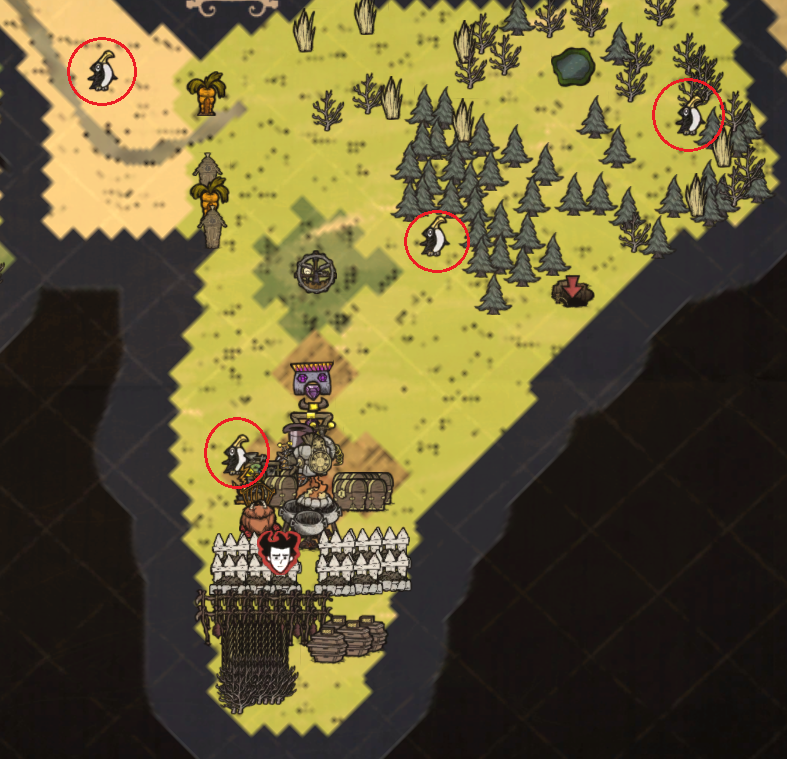

The cadence was set by a drummer or Sergeant and discipline was extremely important, as keeping the cadence directly affected the travel speed of infantry. The word " cadence" was applied to these work songs because of an earlier meaning, in which it meant the number of steps a marcher or runner took per minute. This in turn makes the unit healthier and better prepared. This increases oxygen to the lungs and gives the body more energy. Singing a cadence while running or marching helps SMs keep their heads up, take deeper breaths and exhale more forcefully. On top of the psychological effects that cadences produce, they also produce significant physiological effects. This serves the purpose of keeping SMs "dressed", moving in step as a unit and in formation, while maintaining the correct beat or cadence. The cadence calls move to the beat and rhythm of the normal speed (quick time) march or running-in-formation (double time) march. Many cadences have a call and response structure in which one servicemember initiates a line, and the remaining SMs complete it, thus instilling teamwork and camaraderie for completion. As a sort of work song, military cadences take their rhythms from the work being done (compare sea shanty). Requiring no instruments to play, they are counterparts in oral military folklore of the military march. In the United States, these cadences are sometimes called jody calls or jodies, after Jody, a recurring character who figures in some traditional cadences Jody refers to the person with whom a servicemember’s significant other cheats while they are deployed. In the United States armed services, a military cadence or cadence call is a traditional call-and-response work song sung by military personnel while running or marching.

United States Army soldiers calling cadence, during Basic Combat Training at Fort Jackson (South Carolina) in 2008


 0 kommentar(er)
0 kommentar(er)
